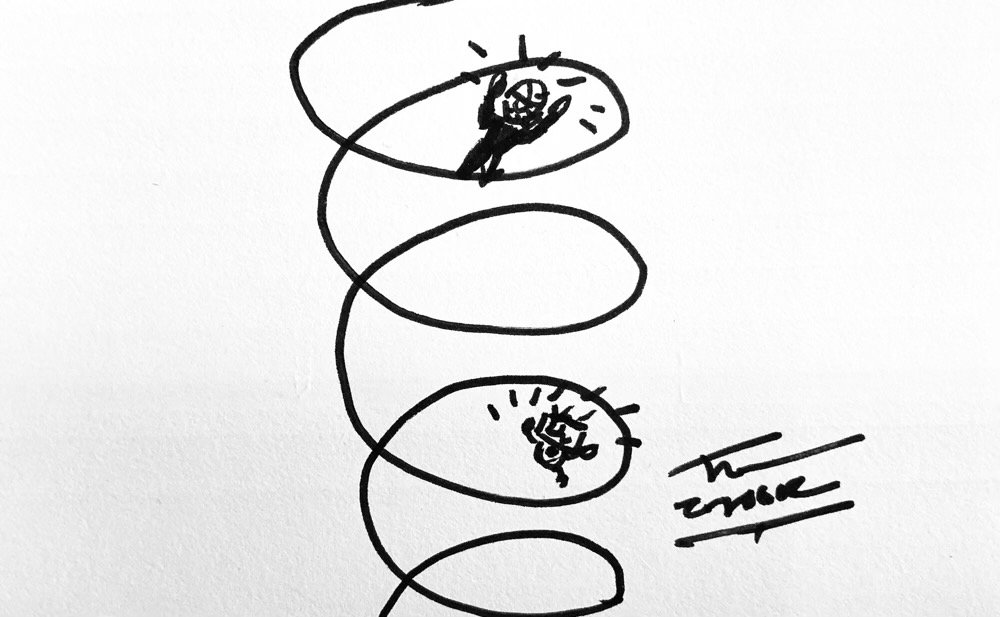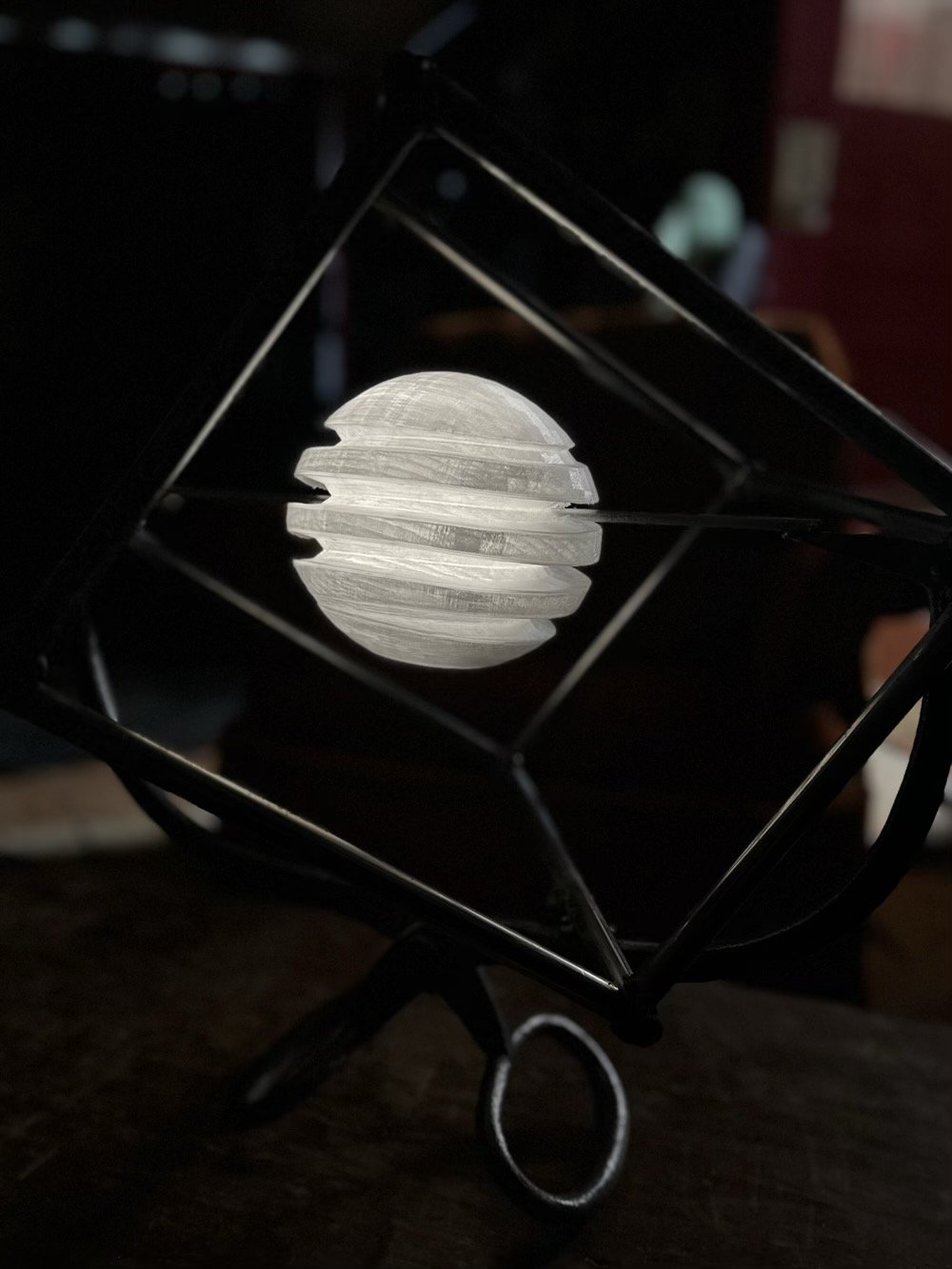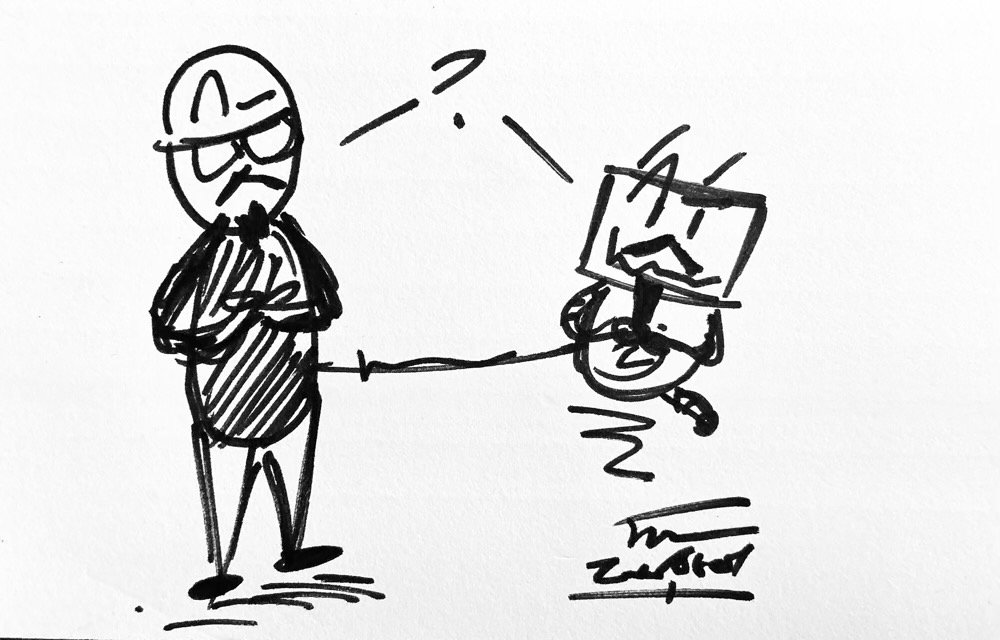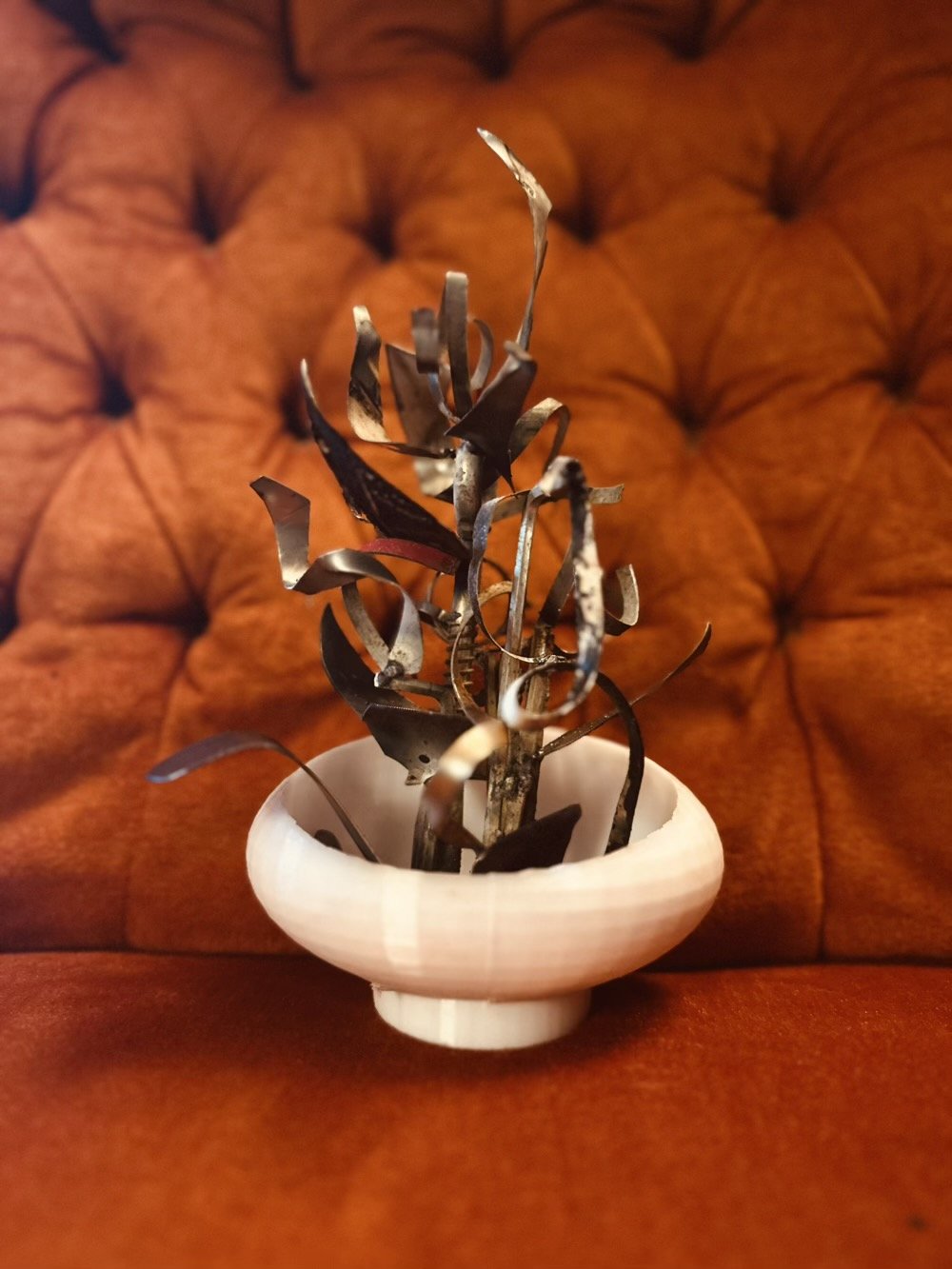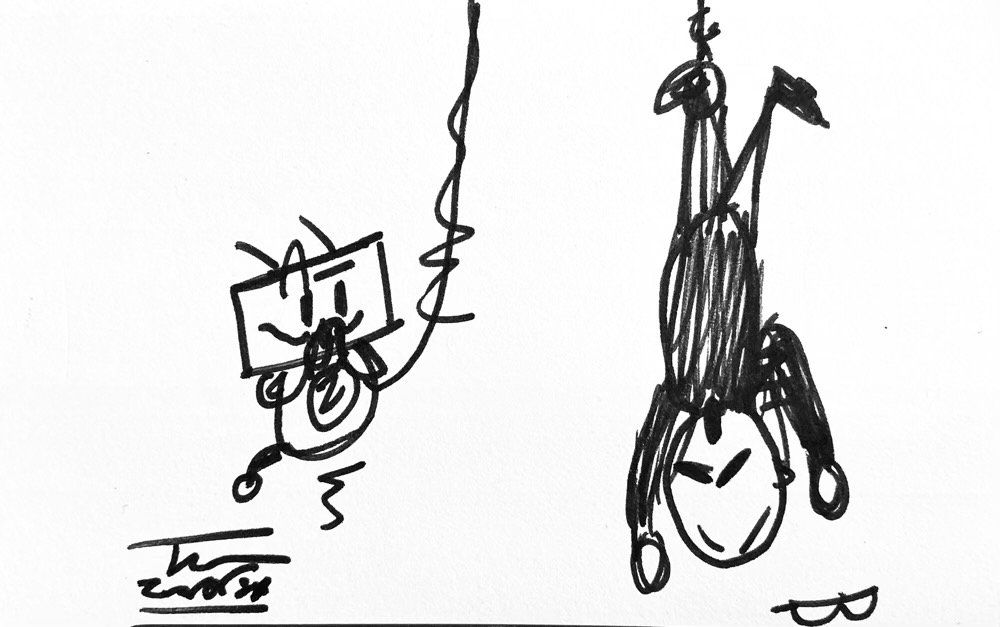parametric design
via Yanko Design:
Parametric design is a transformative approach to product development that integrates interconnected parameters to enhance a product’s performance and adaptability. This approach maximizes the relationships between parameters like color, size, and material by defining and adjusting them to improve design results. In contrast to conventional design systems, parametric design encourages creativity by making it possible to create adaptable and dynamic solutions that are suited to changing requirements.
